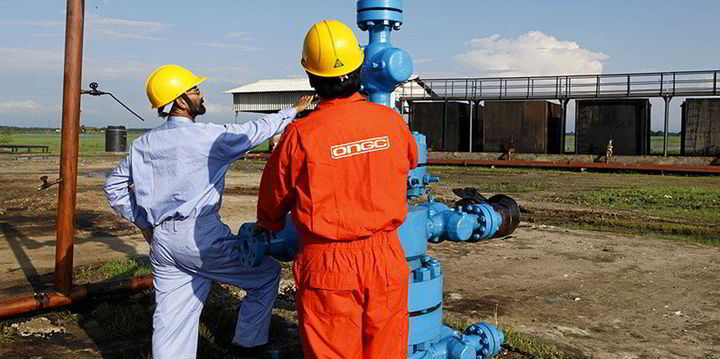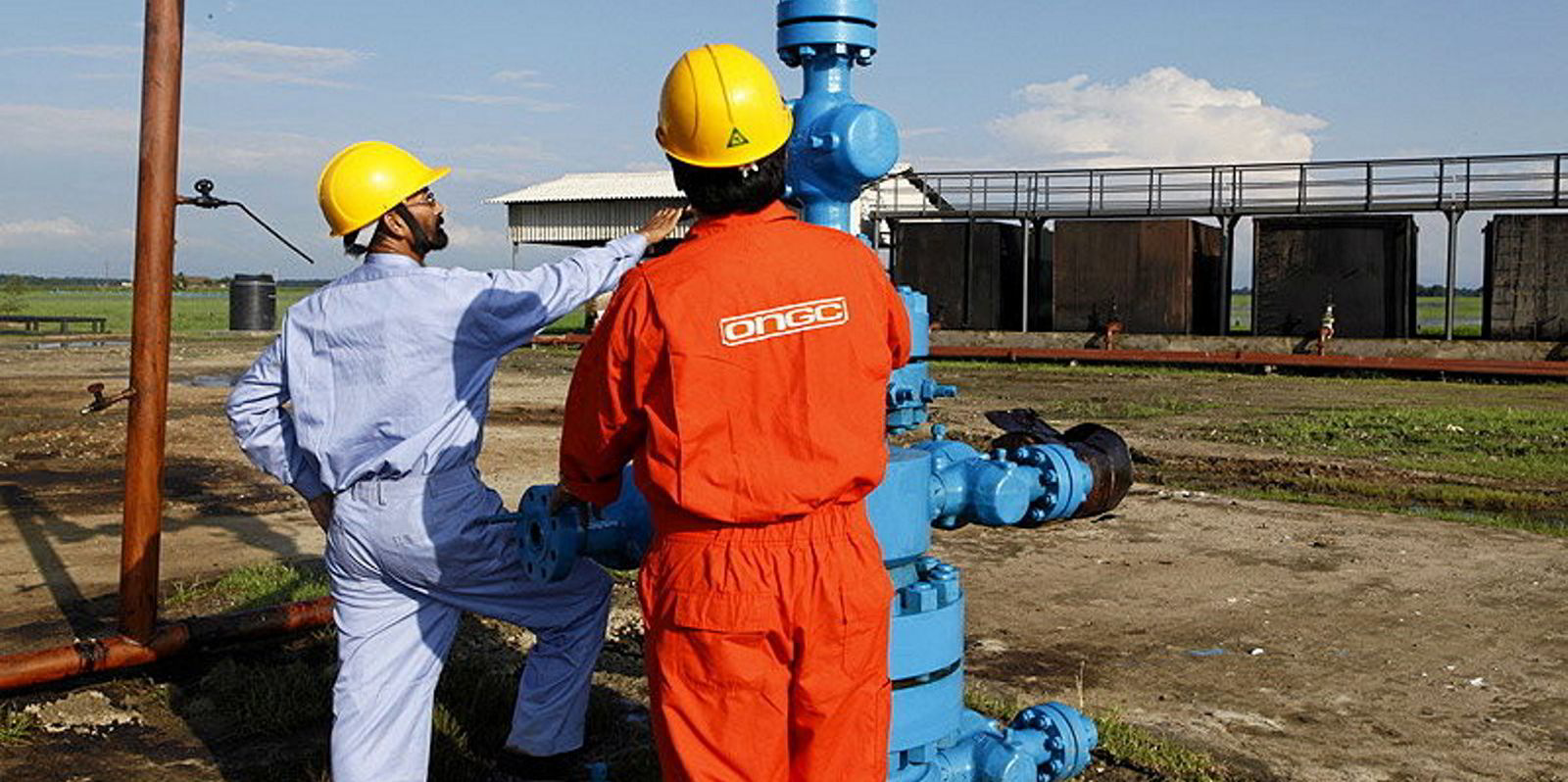India’s state controlled Oil & Natural Gas Corporation (ONGC) is planning to spend 800 billion to 850 billion rupees ($9.6 billion to $10.2 billion) on developing 2 million tonnes per annum of green ammonia production capacity by 2035.
The comapny’s head of renewables, Harsh Nupur Joshi, revealed the investment plan in an interview with Indian business newspaper the Economic Times, in which he outlined the ambition to develop two projects, each 1 million tpa, mainly in partnership with other companies.
“Partnering with companies which have expertise in handling such kinds of projects is required because for green ammonia and green hydrogen projects you require huge renewable-energy requirements,” he said, estimating that betwween 4.5 and 5 gigawatts of power would be needed to produce 1 million tpa of ammonia.
In June 2022, ONGC announced a memorandum of understanding with renewables developer Greenko to jointly develop a 1.3 GW electrolyser facility supplying 1 million tpa of green ammonia production.
The firm has also more recently floated plans for a 1 million tpa renewable ammonia facility in the port city of Mangalore, although it is unclear whether this is being jointly developed with Greenko or is a separate project.
However, Joshi added that “discussions are in a very advanced stage for forming an alliance”, floating a timeline of three to four months for a joint venture with an undisclosed partner to be formally set up.
Article continues below the advert
“As far as the green hydrogen and green ammonia plants are concerned, they will be coming up by 2027,” he said.
ONGC has also not bid into the first Indian auction for green hydrogen or electrolyser manufacturing subsidies, likely due to the pre-close stage of its joint venture.
Joshi also noted that given alkaline electrolysers are the most mature technology, “current plants will be alkaline and maybe in the next phase, based on the results of this, it may remain alkaline only or PEM [proton exchange membrane]”.
When it comes to a market for green hydrogen within India, Joshi noted that while pilot studies blending hydrogen into gas networks — controversial among analysts as an inefficient route for decarbonisation — “is definitely a welcome step”, the actual volumes involved will be very small.
Instead, he anticipates that sufficient demand for hydrogen to support large-scale projects will come from green steelmaking or to displace grey hydrogen in refineries.
ONGC more broadly plans to spend 1 trillion rupees on installing 10 GW of renewable energy assets by 2030, including 5 GW of wind and solar, 2 GW of pumped storage, and 1 GW of offshore wind.
* A version of this article first appeared in Upstream’s sister publication, Hydrogen Insight.

